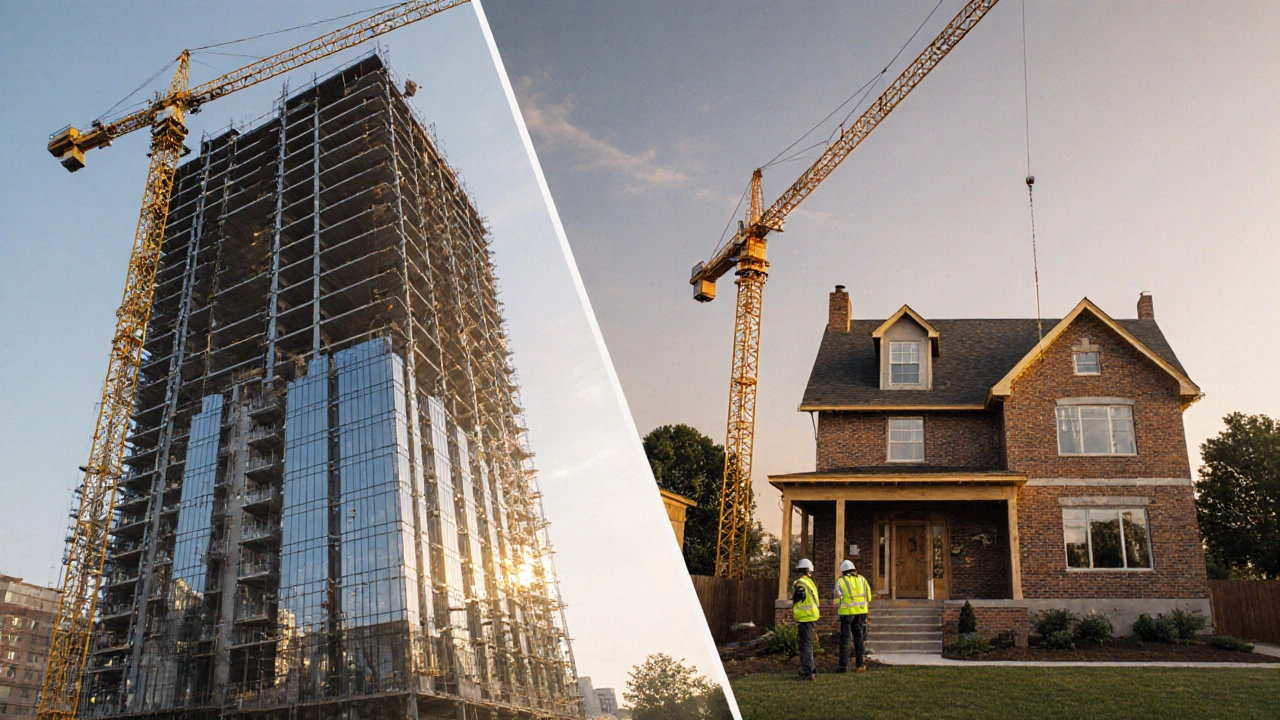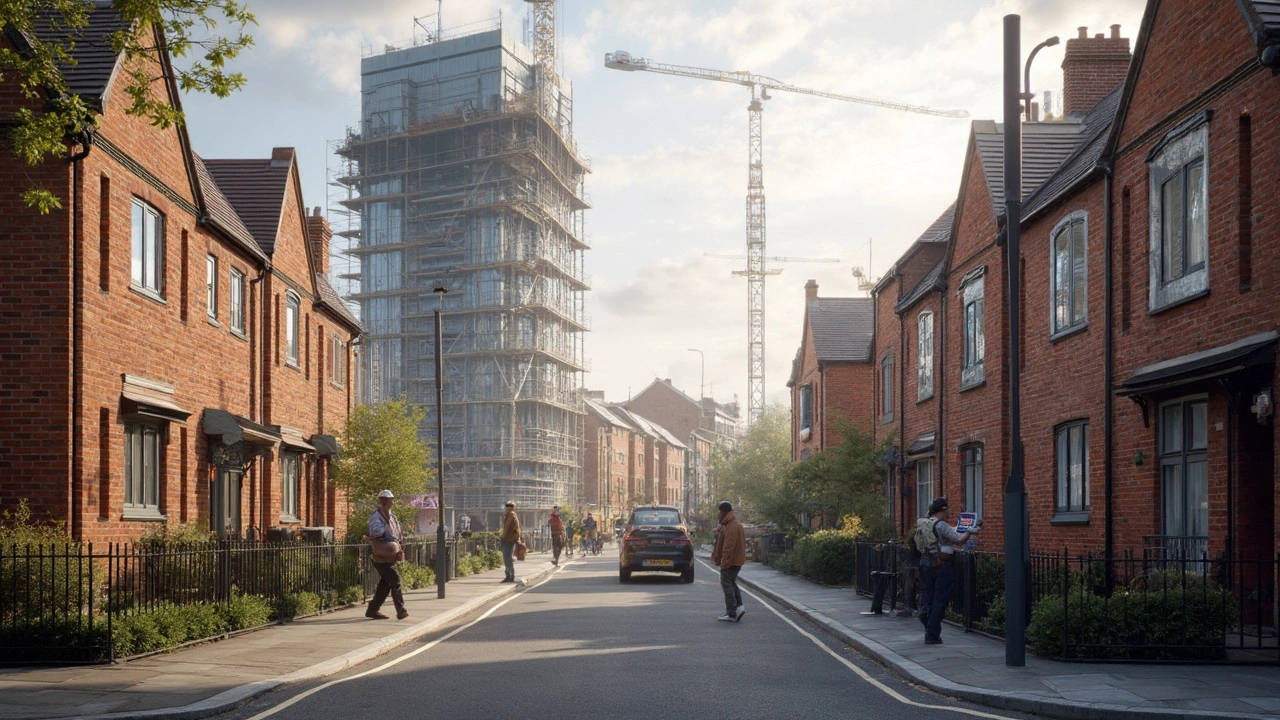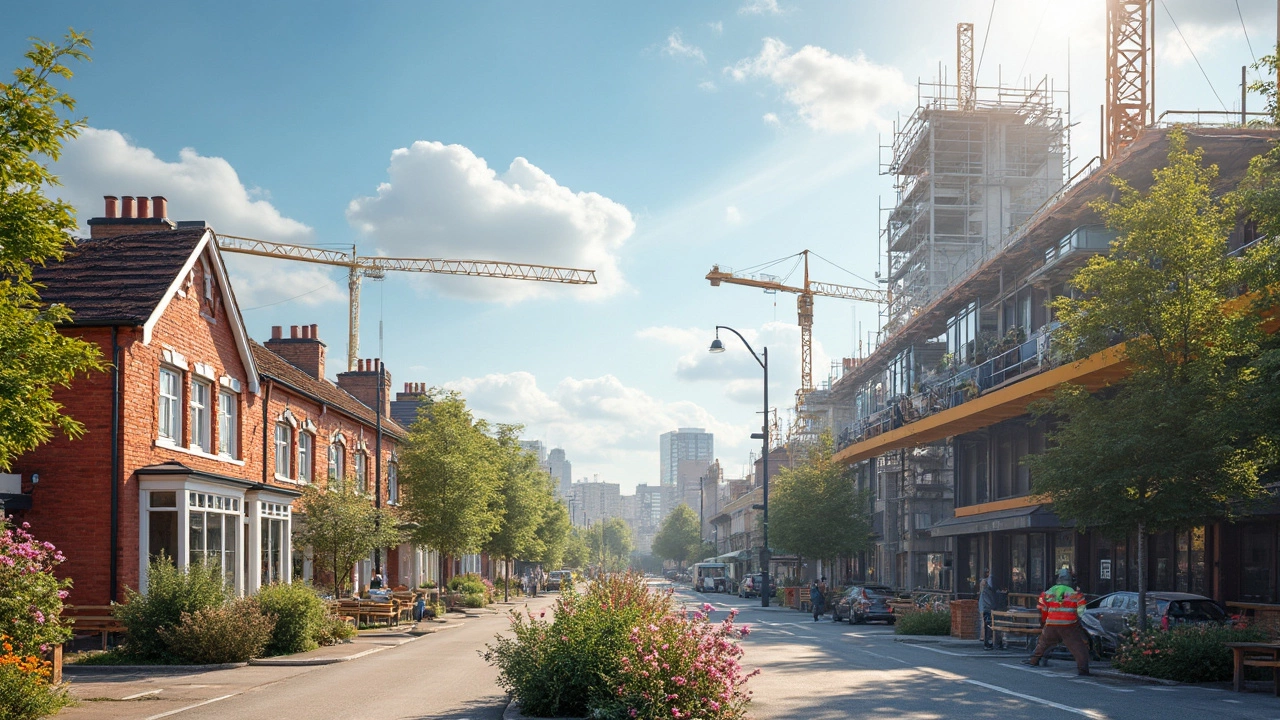Residential Construction: Practical Tips for Building Your Dream Home
Thinking about building a house? It’s exciting, but the process can feel like a maze. From drawing up plans to picking the right contractor, each step matters. Below you’ll find straightforward advice that keeps the project on track, saves money, and avoids headaches.
Start with a Clear Plan and Realistic Budget
The first thing you need is a solid plan. Sketch out the size, layout, and key features you want—open‑plan kitchen, extra bedroom, energy‑saving windows, etc. Once you have a rough design, turn it into a budget. Include land cost, materials, labour, permits, and a 10‑15% contingency for surprises. Many homeowners forget the contingency and end up scrambling when hidden issues surface.
Use a spreadsheet or a budgeting app to track every line item. Break the budget into phases: foundation, shell, interior fit‑out, and finishing touches. This way you can see where you’re spending the most and where you might cut back without compromising quality.
Get the Right Permits and Follow Building Regulations
Skipping permits is a fast route to trouble. Local councils have specific rules about setbacks, fire safety, insulation, and energy performance. Contact your planning office early, ask for a checklist, and submit plans before any ground is broken. A small fee now saves you from costly rework later.
If you’re not comfortable handling paperwork, hire a professional who knows the local codes. They can submit applications, arrange inspections, and keep the project compliant.
Choose Materials That Balance Cost, Durability, and Style
When it comes to materials, durability often beats cheapness in the long run. For example, a solid‑core brick wall costs more upfront than a timber stud wall, but it resists moisture and provides better thermal mass. For flooring, engineered hardwood offers the look of real wood with greater stability than solid plank.
Energy‑efficient options—like double‑glazed windows, insulation with a high R‑value, and LED lighting—cost a bit more now but lower utility bills for years. Ask suppliers about bulk discounts; many will lower prices if you order a full house’s worth of material at once.
Hire the Right Contractor and Keep Communication Open
Don’t just pick the lowest‑bid builder. Check references, visit recent jobs, and verify insurance and licensing. A good contractor will give you a detailed schedule, outline payment milestones, and be reachable for questions.
Set up weekly check‑ins, either in person or via video call. Use a simple shared document to note any changes and approvals. Clear communication prevents small misunderstandings from turning into big delays.
Monitor the Timeline and Manage Risks
Even the best‑planned builds face delays—weather, supply shortages, or unexpected site conditions. Build a buffer into the timeline, especially for weather‑dependent tasks like concrete pours and roofing.
Keep a list of critical path items—those that, if delayed, push the whole schedule back. Focus on completing these on time and allocate extra resources if needed.
Plan for Post‑Build Maintenance
After the keys are handed over, regular maintenance keeps your home in shape. Schedule yearly checks for roof, gutters, and HVAC systems. Seal any gaps around windows and doors to prevent drafts and moisture.
Creating a simple maintenance calendar now saves you from costly repairs down the line and protects your investment.
Residential construction doesn’t have to be overwhelming. By planning ahead, staying within budget, choosing solid materials, and keeping the lines of communication open, you’ll move from blueprint to a comfortable, well‑built home with confidence.



